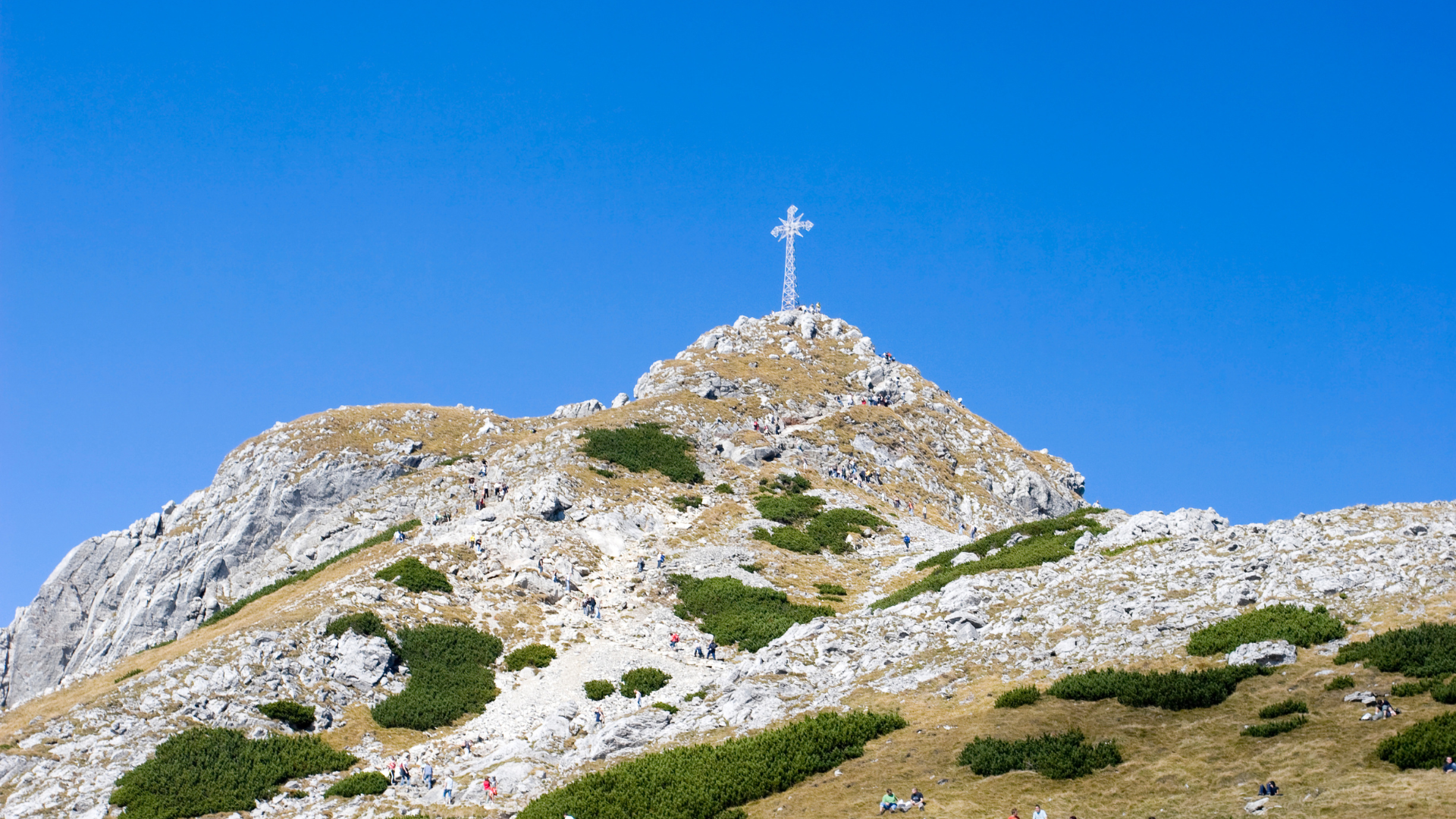18 things I wish I'd known before my first sea kayak
Fiona Russell has become a regular sea kayaker, but there are many things she would have liked to have known before her first outing
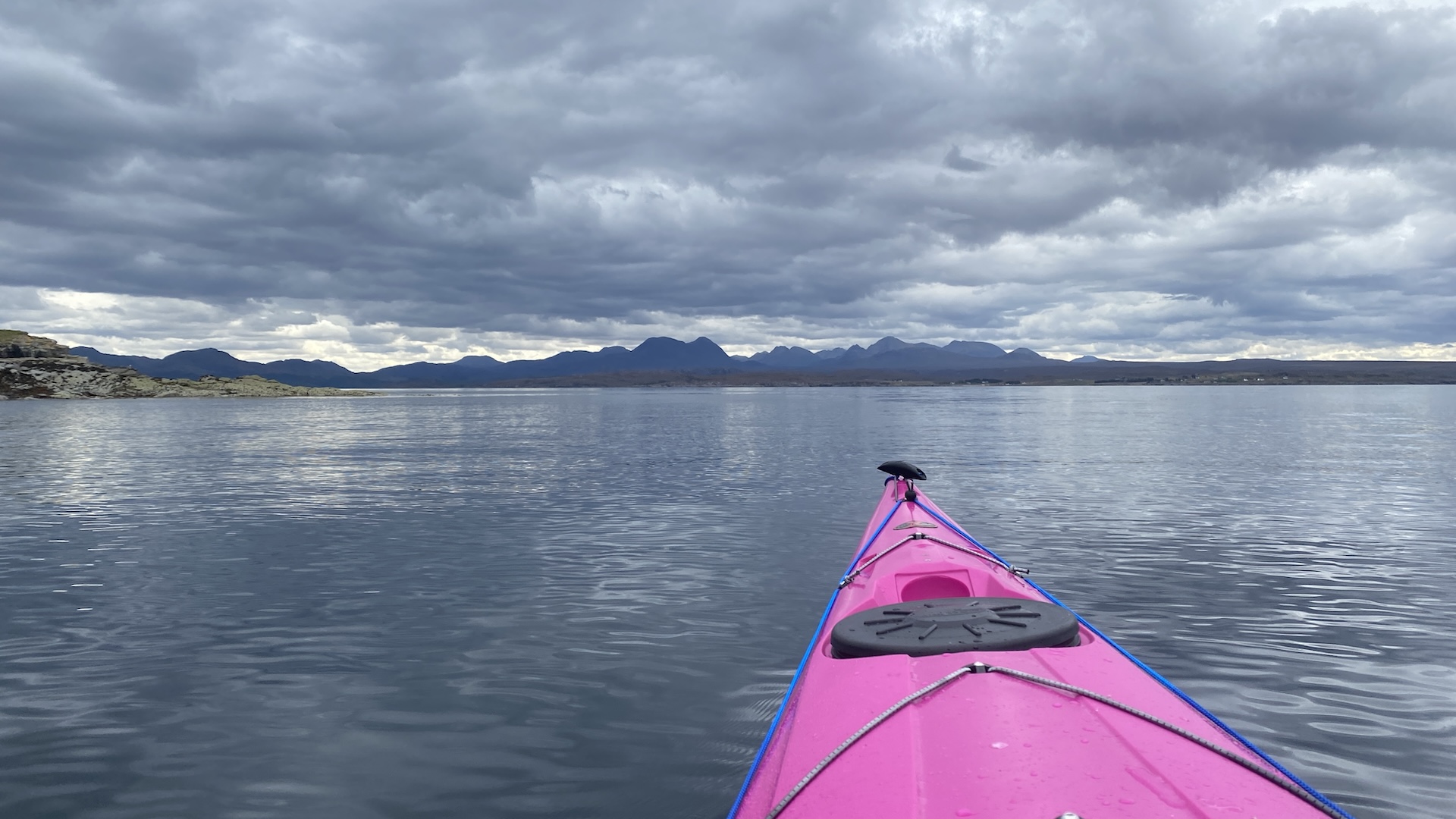
I live in Scotland where there is an amazing outdoors playground both on land and water. A great way to explore our long and varied coastline is by sea kayak. I am now a fairly accomplished sea kayaker and I own my own boat and kit but I remember the first time my husband Gordon and I went sea kayaking. There was a lot we didn’t know – and a lot we had to quickly learn. Here are 18 things I wish I'd known before my first sea kayak.
1 It’s better to get your kayak floating before getting in
Getting into a kayak is tricky and takes care and skill. The usual way is to allow the boat to be fully floating at the shallow water’s edge before then sitting on top of the rear of the cockpit. Once the boat feels stable enough, you can post your legs into the boat one by one and then slide in your bum.
If your have too much of the boat on dry land and not in the water it can be difficult to then get the boat – and you – to float away from the shore. In addition, if the waves are big or strong, this adds another testing dimension to launching your kayak.
Unfortunately, on our first kayaking trip, Gordon was too keen to get into his kayak Instead of waiting for the full length of the boat to be floating, he attempted to climb into the cockpit. But because the back end of the kayak was still sitting on the shore, it promptly rolled over and flipped him into the sea. That was an embarrassing lesson learned because the rest of the group watched with amusement as he fell in before he had taken his first paddle stroke.
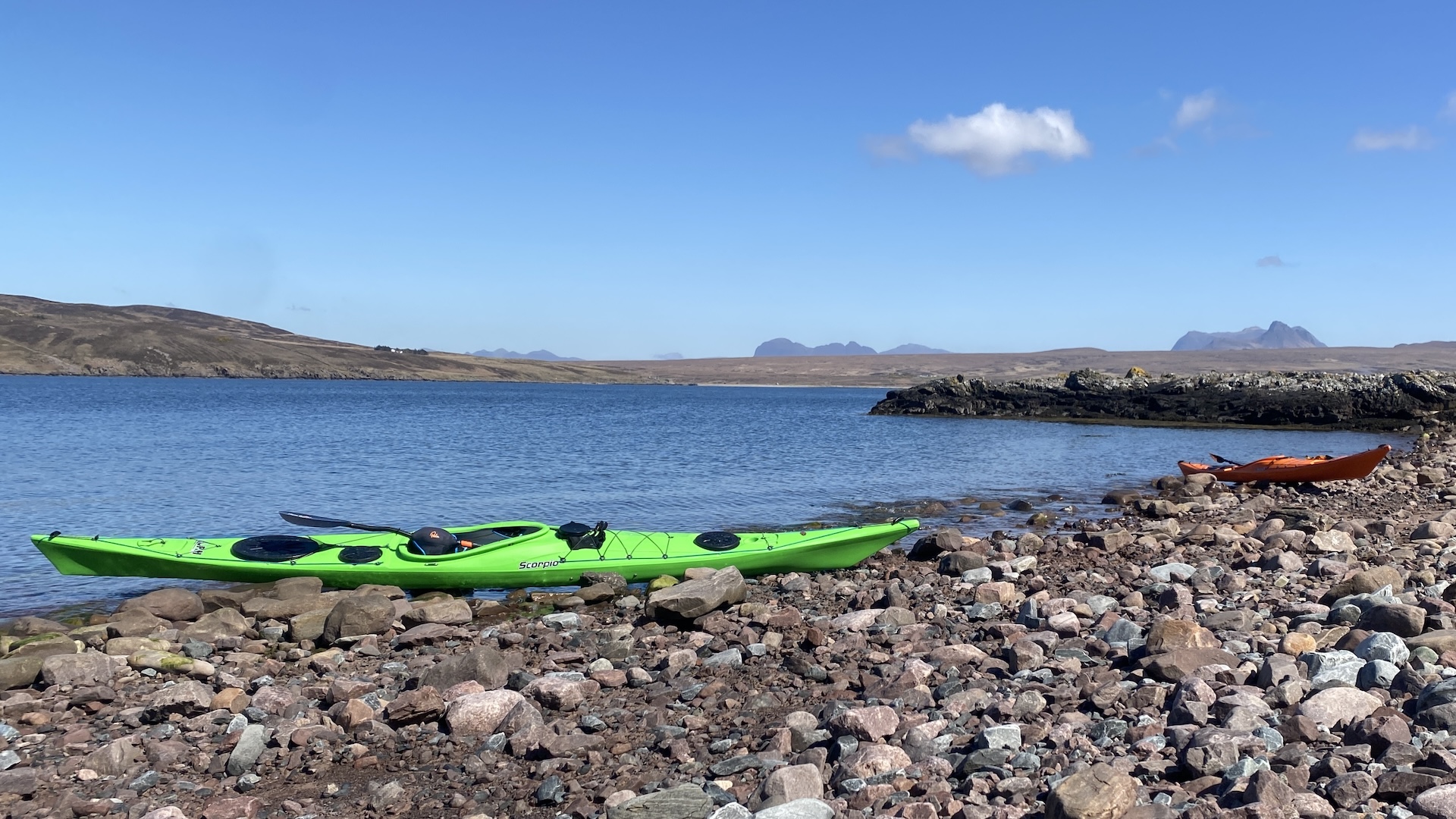
2 Precious items can all too easily be washed away
Even on a calm day, things can easily slip off, or blow off, the kayak and yourself. There is always a chance you might fall in as well (see point 1!). This means you should ensure items such as sunglasses, phone, map, spare paddles, water pump, float etc are firmly attached to the kayak or yourself.
There are all kinds of securing aids such as elastic straps on the kayak, straps for your sunglasses and waterproof phone cases.
Gordon lost his sunglasses when he fell in the sea trying to get into the kayak because they were not attached to his head with a strap...
Advnture Newsletter
All the latest inspiration, tips and guides to help you plan your next Advnture!
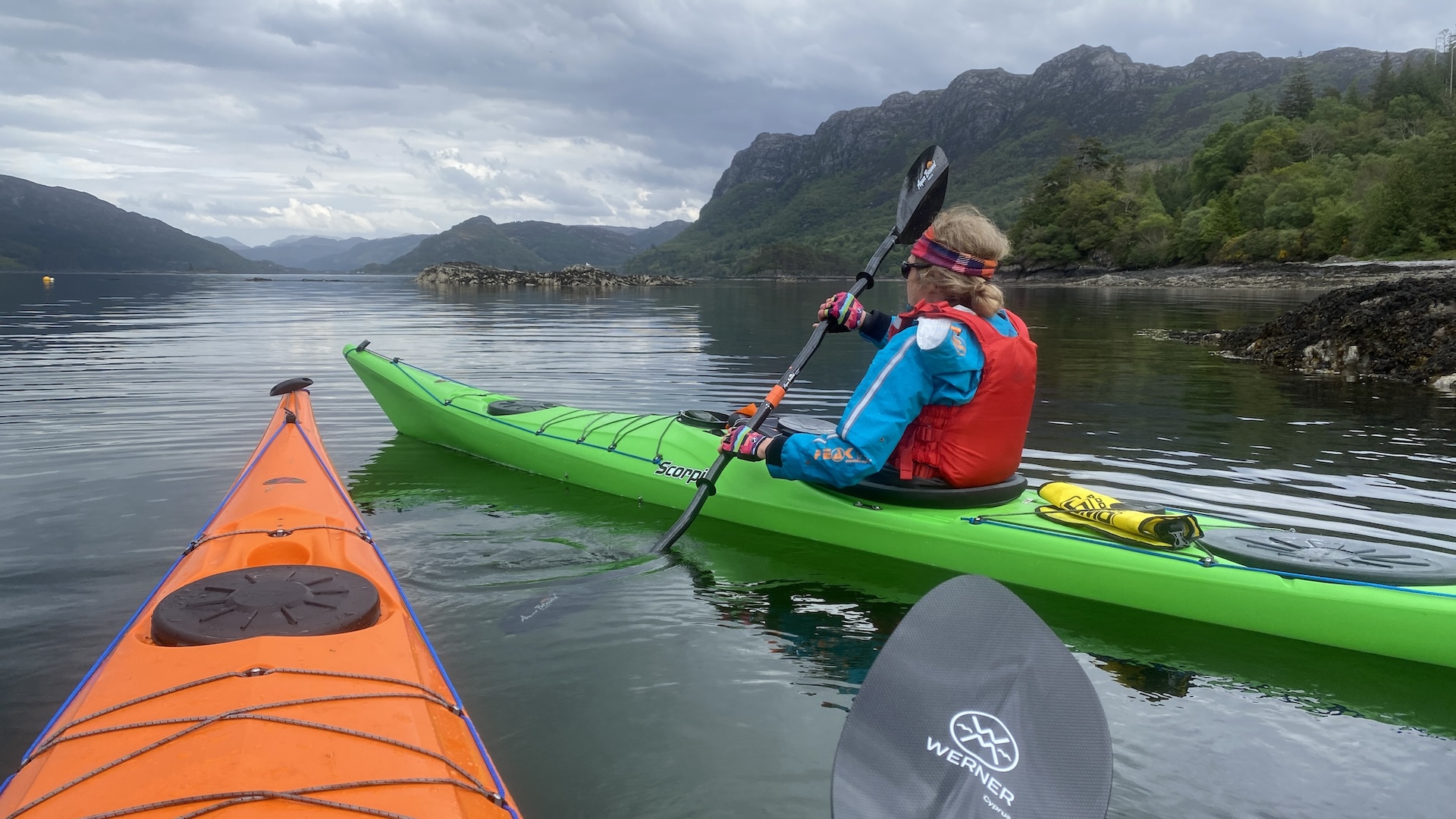
3 It’s actually quite difficult to tip a stable sea kayak
Despite all I have written in points 1 and 2, most sea kayaks are really very stable. These boats are designed to keep you afloat. Even the sleeker and, therefore, faster styles of boats are designed for good stability on the sea.
While I was concerned about paddling a kayak in choppy and windy conditions, I have never rolled or tipped a sea kayak. And this includes a trip around a Scottish island in extremely turbulent sea.
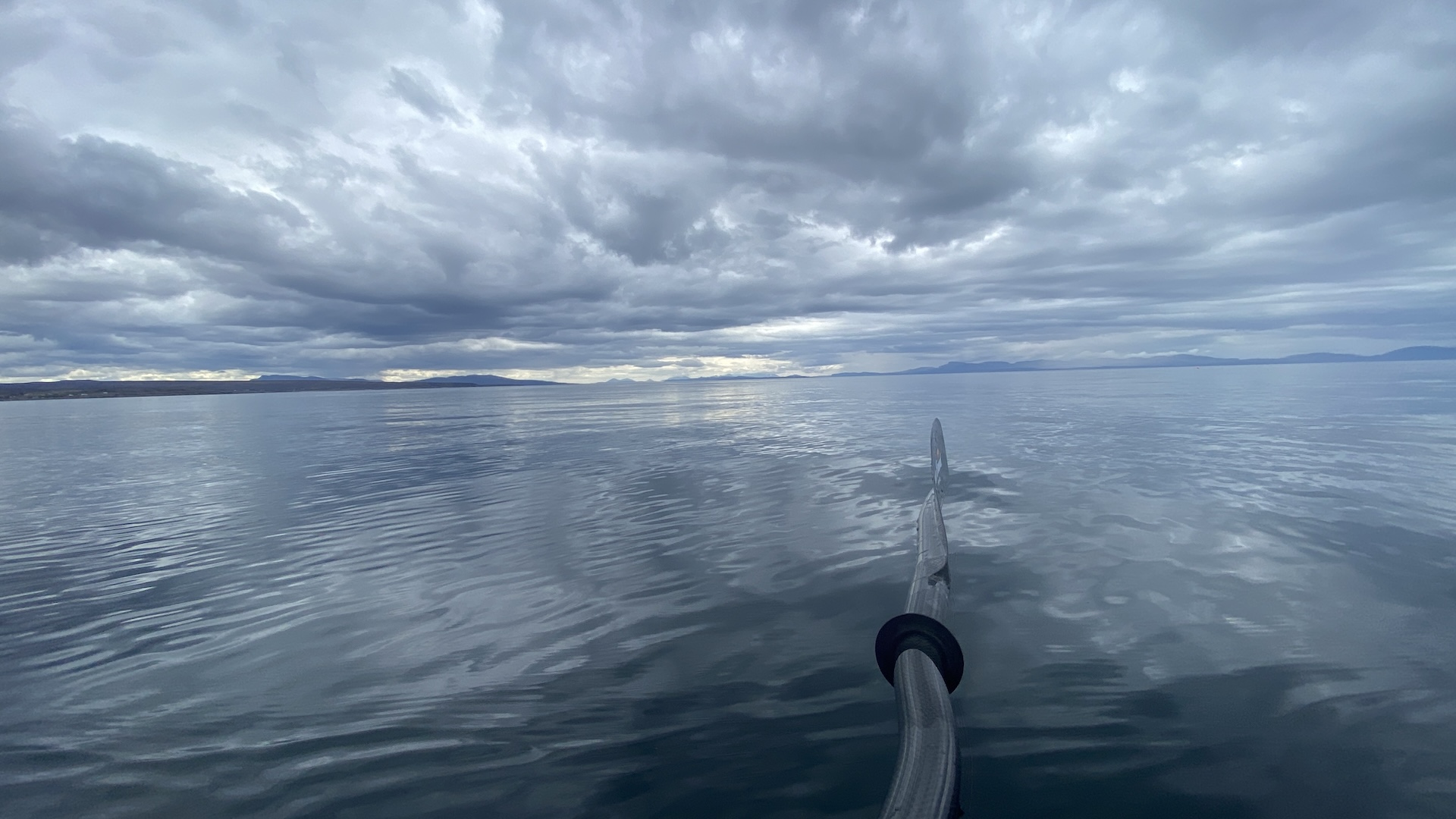
4 For peace of mind… it’s better to be prepared than to be scared
Despite the fact I have never tipped or rolled a sea kayak, I am do still worry that I might. This was especially true of my early days of sea kayaking and to help with my anxieties, as well as for safety, I have had many skills sessions to learn what to do if I do fall into to the sea.
it is vital that all sea kayakers know how to get themselves back in the boat should they fall in. This can be done in a number of ways, mainly with the help of a fellow kayaker or as a self-rescue.
What I know now is that regular practice is important so that when you are out enjoying a kayaking adventure but you do end up in the water, you can quickly and efficiently get back into the boat.
5 It might be a hot day on the shore, but it is likely to be cooler at sea
It is very difficult to guess how hot, cold, windy or sunny it will be when you are kayaking. You can check the forecast, but even then it might feel cooler due to the wind. Sometimes, it has felt hotter on the sea than at the shore due to the sun’s glare and reflected rays on the water.
I usually wear a breathable waterproof jacket with neoprene shorts, or a drysuit, depending on the seasons.
The best plan to to take spare clothing with you, including baselayers, an insulated (synthetic is best) jacket, a sun hat, etc so that you are prepared for different conditions and changeable weather.
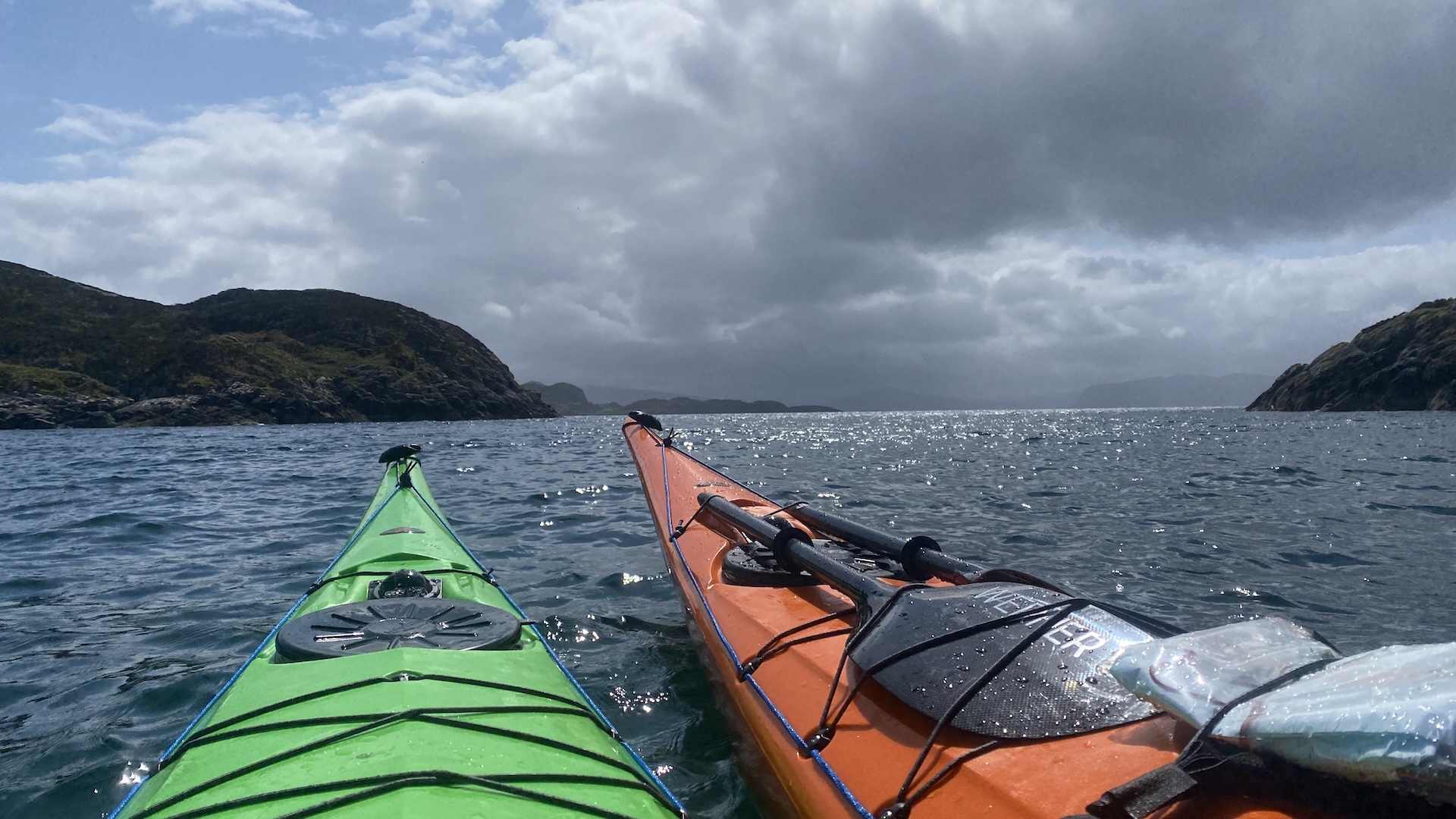
6 Pogies have become my best friends for sea kayaking
Because I have Raynaud’s Syndrome, I am vey careful to protect my hands from the cold. Pogies fit over the shaft of a paddle like large mittens. This allows you to still grip the paddle but have protection from the cold over the top of the hands.
7 Gloves are a great idea
The first time I went sea kayaking I didn't wear gloves. This was a huge mistake. paddling with bare hands can easily lead to sore blisters due to the combination of soft skin and salt water. Wearing a pair of kayaking gloves, or even fingerless cycling gloves, is great for protecting the hands from harm.
8 I wear neoprene socks AND boots for warmer feet
Many kayakers manage with only neoprene boots on their feet, but I have found that I need both neoprene socks and boots to maintain heat in my feet. This is the case for me even in summer.
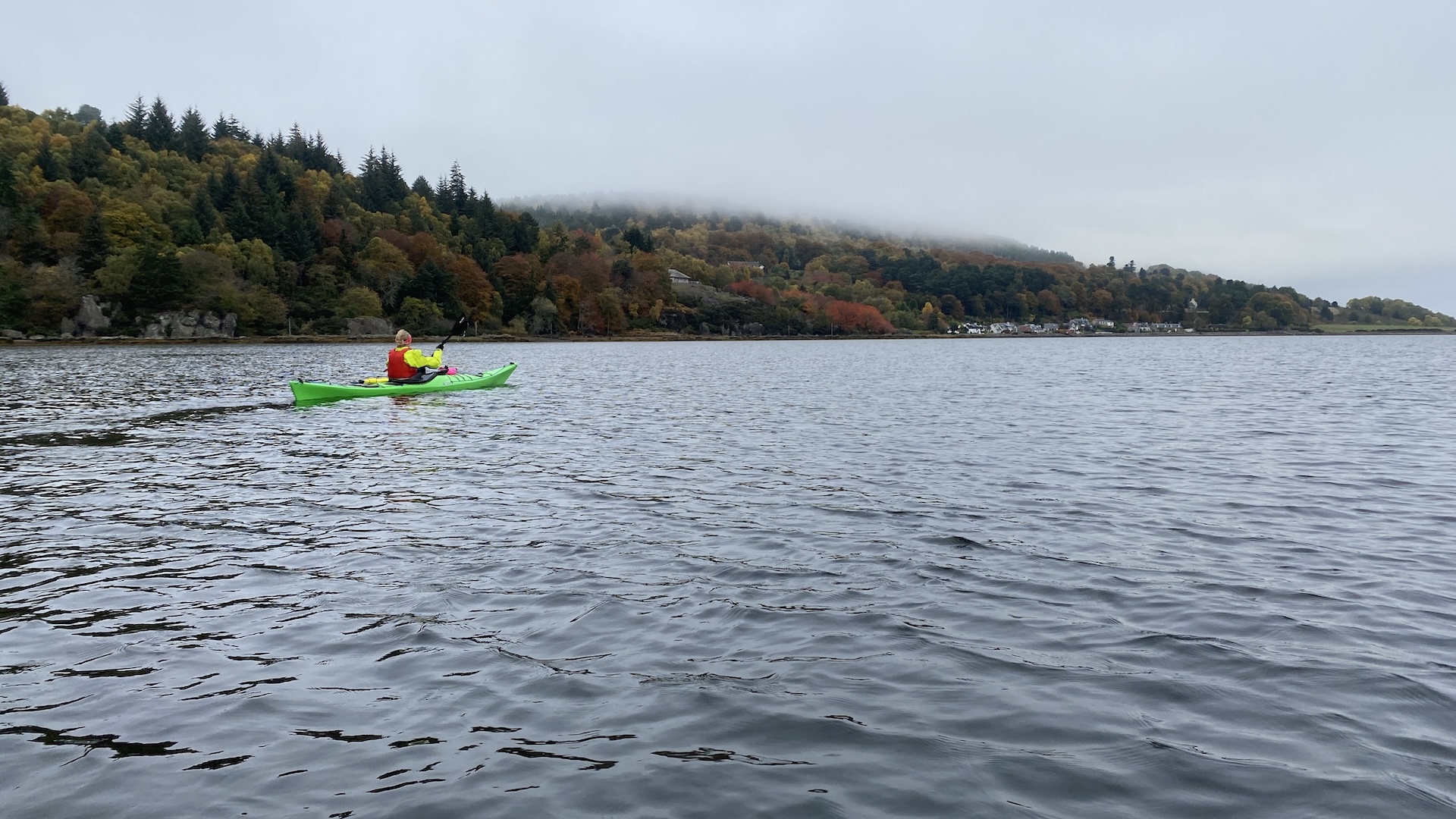
9 Polarised sunglasses are the best choice
Polarised sunglasses reduce glare from the sun on the sea and therefore provide you with a better view beneath the water's surface.
10 You will end up buying a lot of kit
There is the basic, or essential, kit list required for kayaking and then there is the list of products that you might need dependiong on different conditions and the weather.
So for example, you might own a drysuit but that will probably be too warm for kayak trips in the summer so the chances are you will own a waterproof kayaking jacket as well.
But sometimes, it is too warm for a long-sleeved jacket and so you might also buy a short-sleeved waterproof jacket, too.
It's the same with shorts, leggings, socks, boots, gloves, hat, paddles and so on...
11 A wetsuit is not the best outfit
While a wetsuit is a great piece of kit for many watersports, such as stand up paddleboarding, water skiing and windsurfing, when it comes to sea kayaking you might end up feeling too hot and sweaty.
Sea kayakers tend to spend more time out of the water than in the water. You also build up a sweat and have increased body temperature from paddling, so a garment that keeps the wet off and allows sweat to evaporate is a good idea.
In very warm and calm conditions, I might wear a t-shirt for kayaking but you need to balance what you wear with the potential for getting cold if you fall in.
In inclement conditions, a drysuit is the best plan because it keeps you warm and dry if you fall in the water but should be breathable enough to keep you dry inside even if you sweat.
Gore-Tex kayaking jackets are another good choice.
12 Everything gets wet, no matter how hard you try
If might seem a bit obvious to point this out but the potential for all items of kit to get wet in a sea kayak is very high. The storage areas in most kayaks have excellent seals but, even so, water gets in.
I always use good quality dry bags to stow all my kit, which I then place in the storage areas of the boat.
Items such as phones and cameras should also be placed in waterproof cases to protect from the wet.
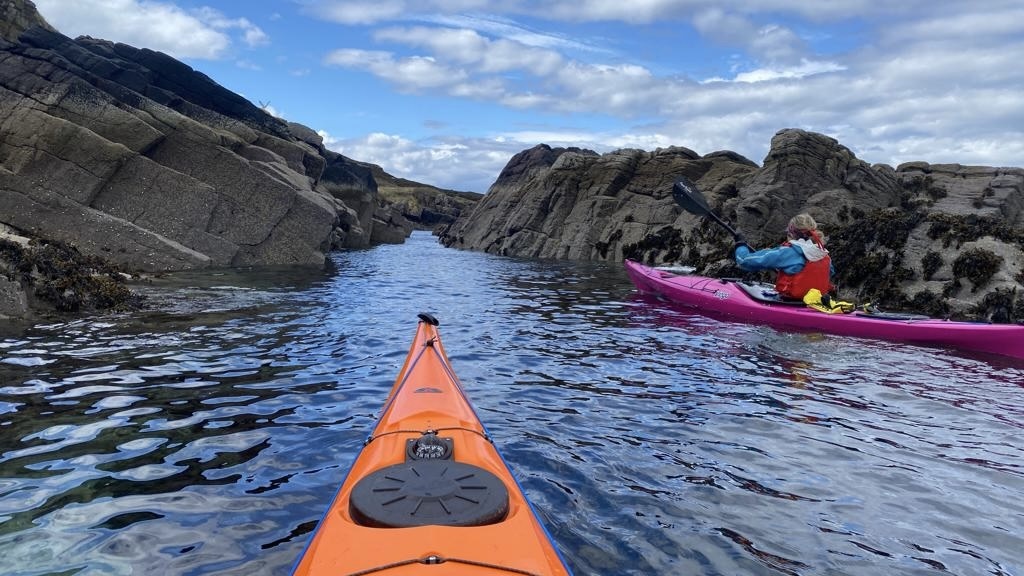
13 A lighter paddle is a good buy
When we first went sea kayaking, Gordon and I were in hire boats and used the paddle we were given. Since then, we have bought carbon paddles, which are expensive but a great deal lighter than other materials such as plastic, aluminium and wood. Lighter paddles save your arm and shoulder muscles from becoming too tired, too quickly.
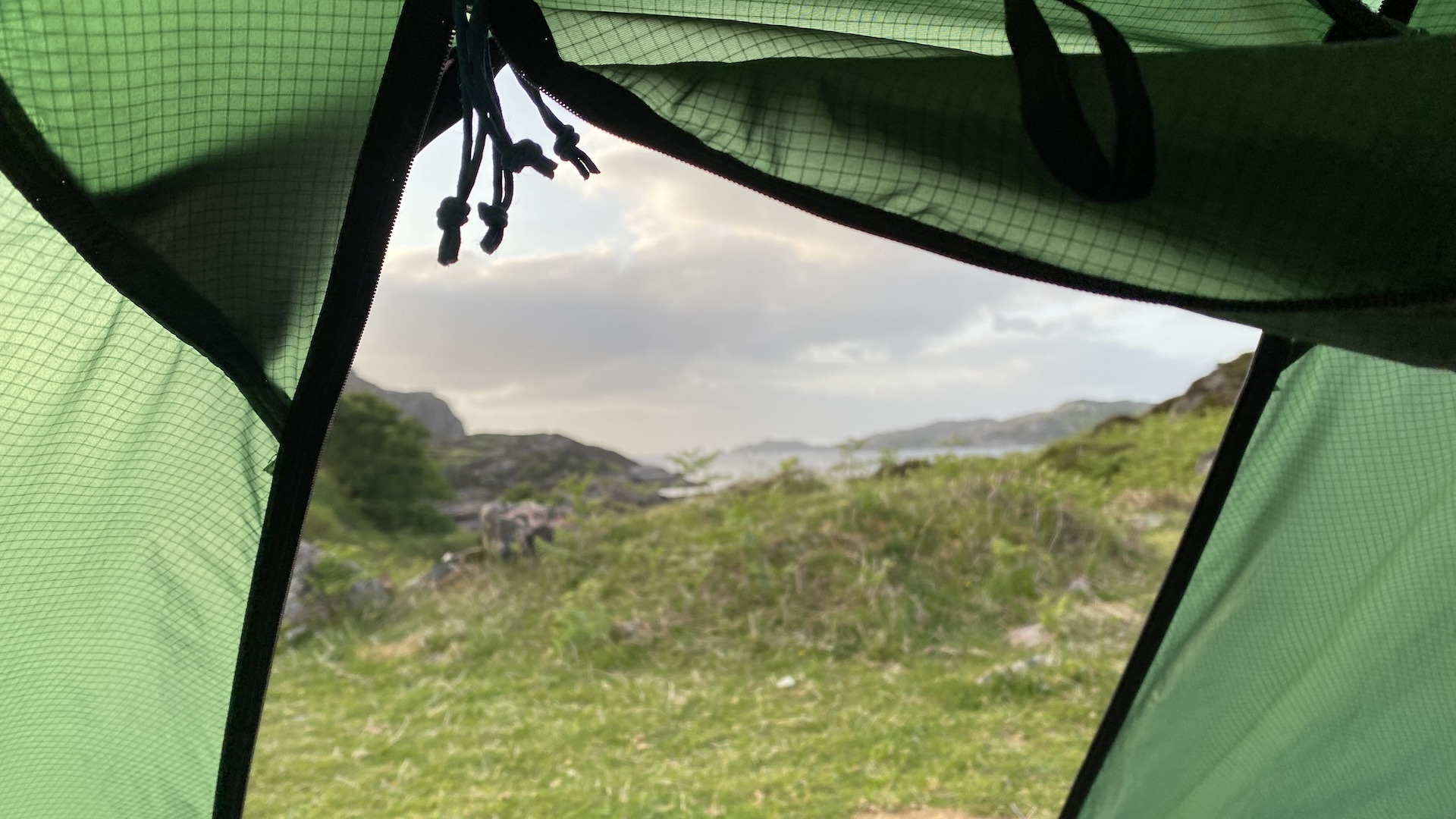
14 A larger paddle is not always a good idea
You might think that the larger the paddle blade the easier it is to paddle faster. However, a larger blade is harder to paddle due to the amount of water it moves. Stronger paddlers will enjoy using a larger blade so they can move quicker but usually it is better to choose a smaller blade and enjoy a more relaxed pace, especially if you are planning a long trip with the potential for muscle fatigue.
15 You’ll use your core a lot more than you think
Effective paddling in a kayak requires the engagement of your core muscles. You’ll also find that you need to use your leg muscles a lot more than you might imagine.
Paddling is much more of all-over-body technique than simply using the brute force of your arms and shoulders. It’s well worth taking a few skills lessons to discover how to paddle more efficiently.
16 Navigation is even more important on the sea
The UK’s seas are subject to tides and this means that, as well as learning how to navigate on the water, kayakers must also be aware of the impact of tides. During certain points in the tidal cycle will be at its strongest, whereas at other times there's less of an effect. At times, there will be completely slack water, too.
Knowing when this occurs could have a huge effect on your kayaking. Time it wrong and you could end up paddling against an extremely strong current.
A tides and navigation skills course will help in your progression to becoming a competent kayaker.
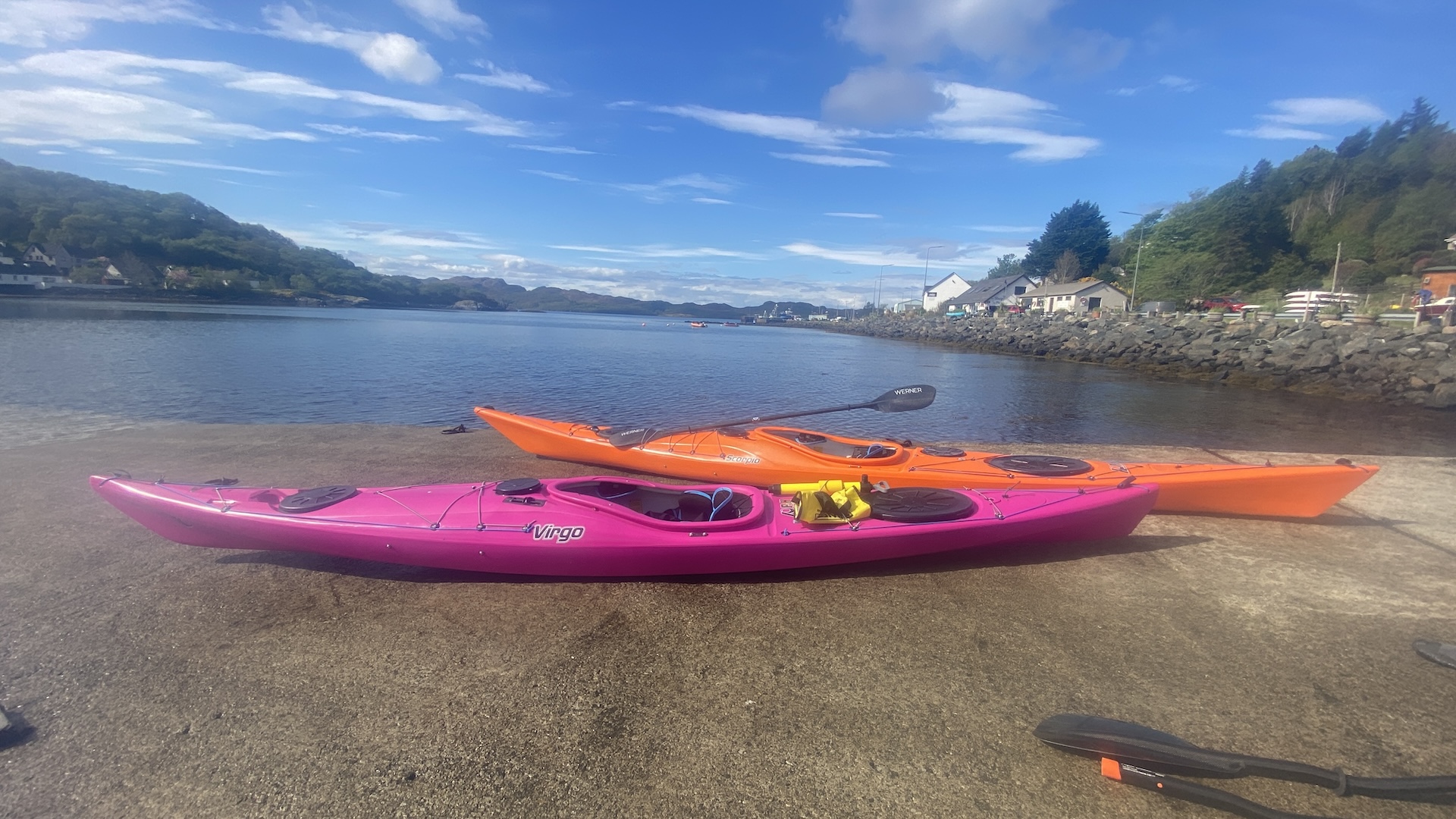
17 You’ll see much more wildlife than you ever imagined possible
I knew I would spot wildlife while kayaking because the UK’s waters are a haven for so many different birds and creatures but the sheer range and number of wildlife spots has been incredible.
Being on the water and relatively small and quiet, a lot of the wildlife seems unaware, or not bothered, by kayakers.
I have learned the names of many different seabirds and also been lucky enough to see dolphins, porpoise, a whale and otters. Recently, Gordon kayaked with basking sharks all around him.
Scotland is a superb place to enjoy wildlife while kayaking and this is one of the gret things I have learned about this brilliant sport.
18 The freedom to explore is mind blowing
The length and diversity of coastline in Scotland, the UK and overseas is vast. Then there are lochs and lakes and rivers. A kayak provides an amazing way to explore and you will never run out of new places to go.
You can also take camping kit and head off for a multi day and night adventure.
Until I had enjoyed a few kayaking trips, I had no idea of all the possibilities available for people who have gained the necessary experience and skills.

Fiona Russell is a widely published adventure journalist and blogger, better known as Fiona Outdoors. She is based in Scotland and is an all-round outdoors enthusiast with favorite activities including trail running, mountain walking, mountain biking, road cycling, triathlon and skiing (both downhill and backcountry). Aside from her own adventures, Fiona's biggest aim is to inspire others to enjoy getting outside and exploring, especially through her writing. She is also rarely seen without a running skort! Find out more at Fiona Outdoors.
